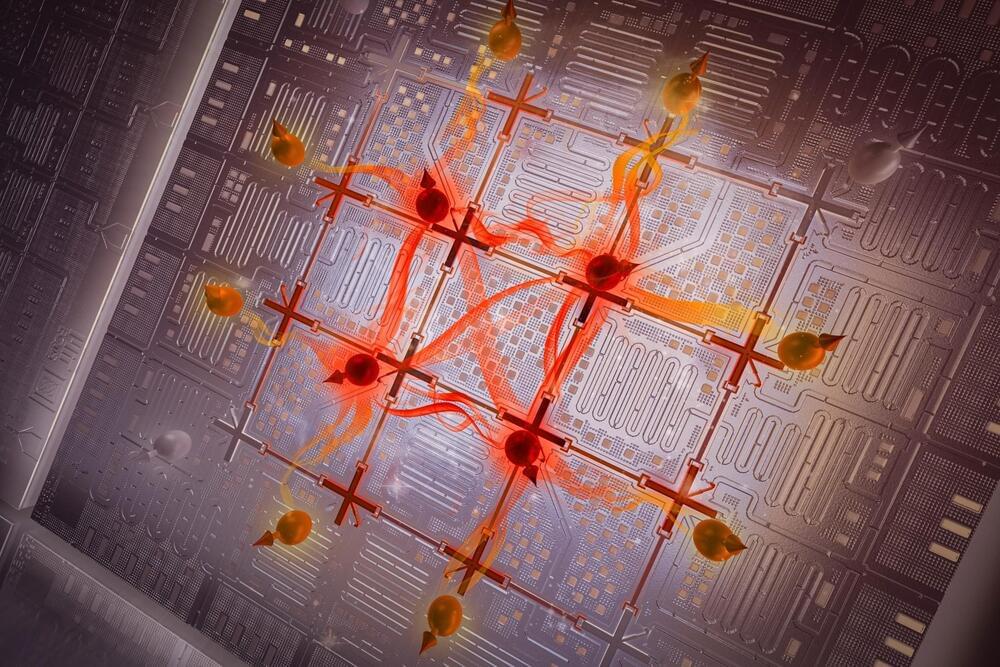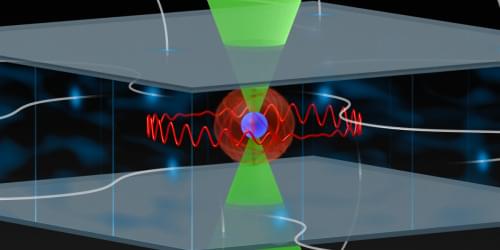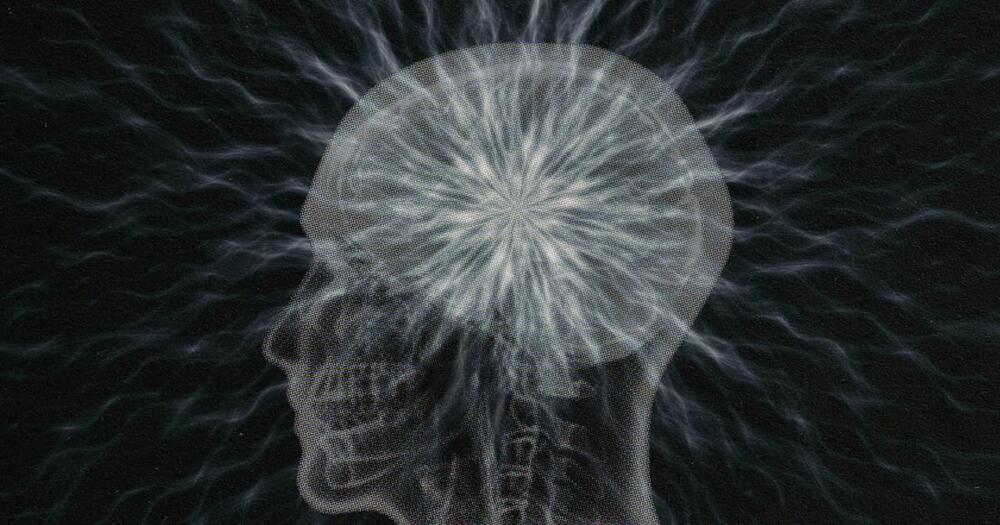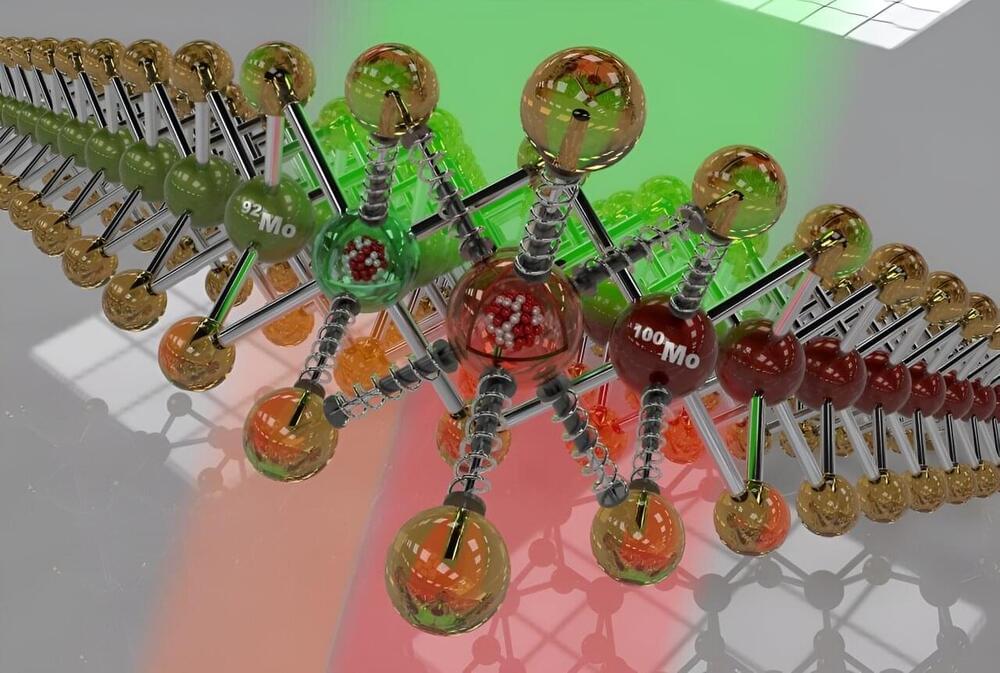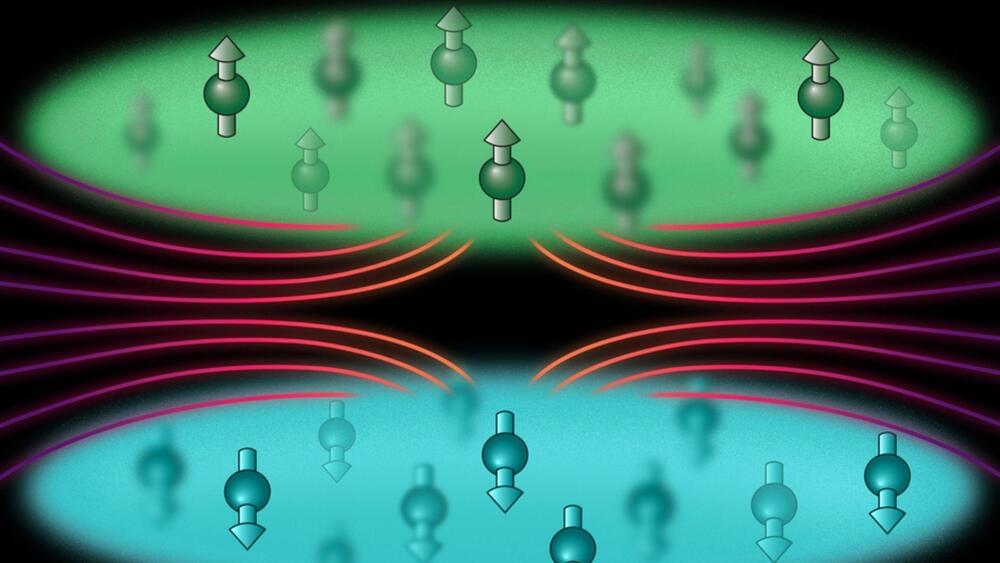TURKU, Finland — Beam me up, Scotty! In a study that seems straight out of a “Star Trek” episode, an international team of researchers has achieved a remarkable feat in the realm of quantum teleportation. They have successfully conducted near-perfect quantum teleportation despite the presence of noise that typically disrupts the transfer of quantum states.
Quantum teleportation is a process in which the state of a quantum particle, or qubit, is transferred from one location to another without physically sending the particle itself. This transfer requires quantum resources, such as entanglement between an additional pair of qubits.
Imagine you have a secret message written on a piece of paper. You want to send this message to someone far away without anyone else seeing it. In quantum teleportation, instead of physically sending the paper, you would make an exact copy of the message at the other location while the original message gets destroyed. This requires some special resources like entanglement, which is like a mysterious connection between two qubits.

